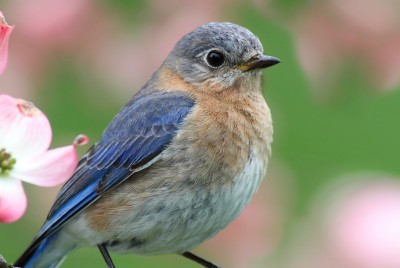- Home
- FAQs
- Customer Video Gallery
- Customer Photo Gallery
- Bird Facts
- Bird Food Blog
- Bird Information
- Feeding Advice
- Small Animal Information
- A to Z of Guinea Pigs
- A to Z of Hamsters
- A to Z of Rabbits
- Basic Care for Guinea Pigs
- Basic Care for Hamsters
- Basic Care for Rabbits
- Basic care for Chinchillas
- Basic care for Ferrets
- Basic care for Gerbils
- Basic care for Mice
- Basic care for Rats
- Buying a Healthy Small Animal
- Does your Reptile need a Licence
- Equipment for Ferrets
- Equipment for Hamsters
- Equipment for Mice
- Equipment for your Chinchilla
- Equipment for your Gerbil
- Equipment for your Guinea Pig
- Equipment for your Rabbit
- Keeping a House Rabbit
- Dog Information
- Cat Information
- Customer Information
- Fat Balls
- Suet Pellets
- Straights
- Seed Mixes
- Suet Treats
- Mealworms
- Bird Feeders
- My Account
Birds Smell
 Located at the base of the bill are a bird’s nostrils, or nares through which a bird breathes. In the two chambers behind the nostrils are a network of folds called the concha that allow the bird to smell, filter and warm the air before it enters the lungs. Ornithologists continue to debate how well birds can smell but all agree that the sensory organs of some species are better developed than others, and that it has a variety of uses.
Located at the base of the bill are a bird’s nostrils, or nares through which a bird breathes. In the two chambers behind the nostrils are a network of folds called the concha that allow the bird to smell, filter and warm the air before it enters the lungs. Ornithologists continue to debate how well birds can smell but all agree that the sensory organs of some species are better developed than others, and that it has a variety of uses.Some Seabirds are thought to have an extremely well developed sense of smell enabling them to sense fish oils for miles, to forage for food at night and to be able to find their burrows on their return by odour alone. However, in the majority of garden birds, such as Thrushes, Finches and Tits, this sense of smell is not so well developed.
It is believed, from preliminary research, that some birds use their sense of smell for a variety of reasons. Pigeons and Doves may partly rely on odours to navigate, Starlings may use it to find particular plant nesting material possessing anti-bacterial or pesticide properties and the male Mallard may use it to determine the readiness of females for mating.




